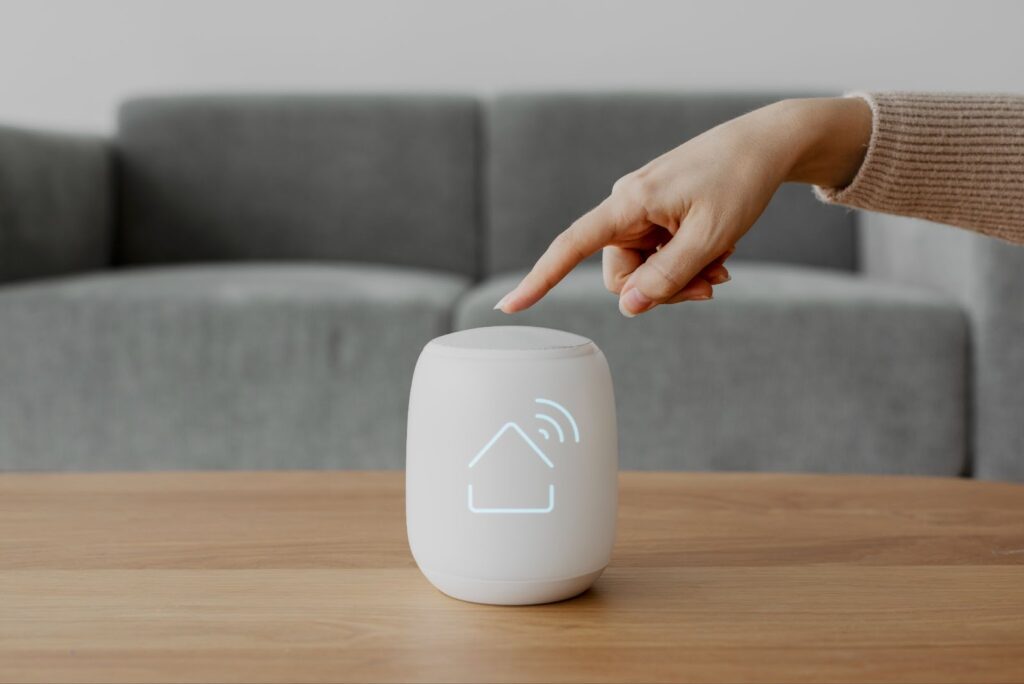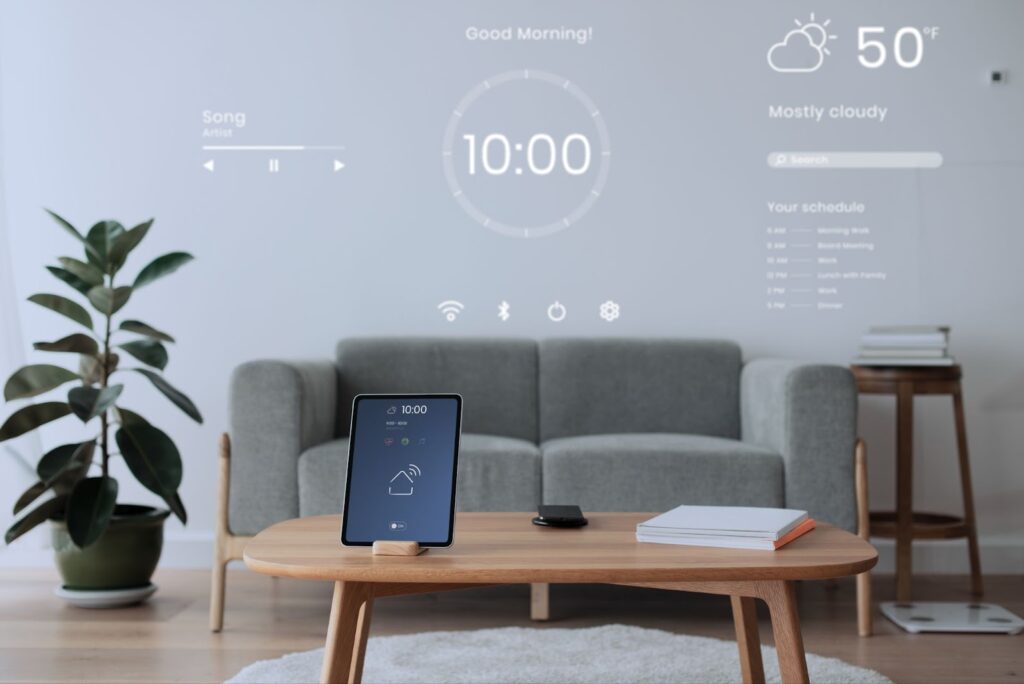If the prospect of establishing a home automation system piques your interest, you may have encountered the terms “Zigbee” and “Z-Wave.” Both of these are wireless protocols designed for the purpose of overseeing and managing smart home devices. While these two protocols bear similarities, they also possess distinct characteristics that set them apart.
Within the confines of this article, we will delve into the utilization of a Raspberry Pi in conjunction with Zigbee and Z-Wave devices, elevating the capabilities of your home automation system. Our journey commences with a brief exploration of the essence of Zigbee and Z-Wave. Subsequently, we shall delve into the rationale behind choosing a Raspberry Pi as the linchpin of your home automation setup. Finally, we shall elucidate the step-by-step process of configuring your Raspberry Pi to seamlessly integrate with Zigbee and Z-Wave devices.
Demystifying Zigbee: Unleashing the Power of Wireless Home Automation
Zigbee stands as a leading protocol in the world of wireless home automation and smart energy applications. It’s popular among homeowners and businesses due to its unique networking capabilities and exceptional compatibility range.
Reinventing Networking with Mesh Technology
At the heart of Zigbee’s strengths is its revolutionary mesh networking system. Unlike traditional networks that depend on a main hub for coordination, Zigbee devices interact directly with each other. They forward signals from one device to another, forming a seamless, connected mesh. This unique infrastructure allows for increased flexibility and eliminates the need for a direct connection to a central hub.
The mesh network is also self-healing, meaning if one device fails, others can adapt and re-route signals, ensuring continuous and reliable communication.
Energy Efficiency and Versatility: Zigbee’s Ace Cards
One of the main advantages of Zigbee devices is their low power consumption. This characteristic makes them ideal for battery-operated gadgets such as motion detectors and smart locks. The reduced energy requirement means these devices can run for months or potentially years without needing a battery change, making them both convenient and cost-effective.
In addition to their energy efficiency, Zigbee devices come with an impressive compatibility range. No matter what your home automation needs might be, Zigbee can integrate seamlessly with a plethora of devices, making it an excellent choice for any home automation ecosystem.
In summary, these features make Zigbee a versatile and reliable solution for those looking to create a smart, interconnected, and energy-efficient home.
Recommendations for Zigbee Device Use
- Always keep updated with the latest firmware to ensure optimal device performance;
- Think through the layout of the Zigbee mesh network in your home to maximize its efficiency;
- Remember that materials like metal and concrete can interfere with Zigbee network signals;
- To extend the range, consider investing in Zigbee repeaters;
- For larger homes, utilizing multiple Zigbee routers can help maintain a strong and robust network.
By understanding and leveraging the powerful capabilities of Zigbee, homeowners can create a home automation system that is both flexible and energy-efficient.
Introduction to Z-Wave: A Powerhouse in Home Automation
Z-Wave emerges as a potent wireless protocol extensively utilized in the sphere of home automation. Similar to Zigbee, Z-Wave devices hinge on a mesh network structure; however, they operate on a different wireless frequency. This unique feature often renders Z-Wave with a more expansive range of communication.
Distinguishing Features of Z-Wave Technology
One of the noteworthy attributes of Z-Wave technology pertains to its frequency of operation. Typically, Z-Wave operates on a less congested frequency in comparison to Zigbee. This attribute can significantly minimize potential interference with other devices, thereby ensuring more reliable performance.
Despite these benefits, it’s essential to note that Z-Wave devices typically come at a higher price point than Zigbee. Therefore, when deciding between Zigbee and Z-Wave, one should carefully consider the trade-off between cost and performance.
Unleashing the Potential of Z-Wave Technology
Despite the initial cost, the long-term benefits of utilizing Z-Wave technology can be quite rewarding. To harness its full potential, consider the following recommendations:
- Regularly update the firmware for enhanced performance and security;
- Strategically place your devices to maximize the range and efficiency of the Z-Wave network;
- Anticipate and minimize potential sources of electromagnetic interference;
- Consider the use of Z-Wave repeaters or bridges to extend the network’s reach, especially in larger residences.
To conclude, Z-Wave technology provides a robust and reliable solution for home automation, with the added benefit of less interference. It’s an excellent choice for anyone willing to invest in creating a smart and connected home.
The Role of Raspberry Pi in Home Automation: An Overview
The Raspberry Pi, a compact and highly affordable single-board computer, emerges as an exceptional tool for orchestrating home automation systems. Its versatile nature, coupled with its capacity to run diverse software systems, makes it a preferred option for those venturing into automated home systems.
Harnessing the Power of Raspberry Pi
Integration of the Raspberry Pi with Zigbee and Z-Wave technologies can create a powerful home automation hub. The Raspberry Pi’s processing capability allows it to function as a central control unit that can manage a wide array of devices.
What sets apart Raspberry Pi in home automation is its compatibility with a myriad of software platforms. This attribute allows users to design systems and interfaces tailored to their specific needs, thereby offering an unparalleled level of customization.
Advantages of Utilizing Raspberry Pi in Home Automation
The use of Raspberry Pi in conjunction with Zigbee or Z-Wave devices offers a multitude of benefits:
- Comprehensive Control: Raspberry Pi can run software that enables seamless control of numerous devices, creating a unified home automation system;
- Real-time Monitoring: The Raspberry Pi can monitor the status of all connected devices and provide real-time updates, ensuring you’re always in the loop;
- Alerts and Notifications: You can set up the Raspberry Pi to receive notifications when device statuses change, helping you maintain complete control over your home automation system;
- Cost-effectiveness: The affordability of Raspberry Pi makes it an attractive option for home automation, providing high functionality at a lower cost compared to other home automation hubs.
By incorporating Raspberry Pi into your home automation system, you can build a customizable, affordable, and comprehensive smart home experience.
Assembling a Raspberry Pi Home Automation System with Zigbee and Z-Wave
Building a home automation system using Raspberry Pi, in conjunction with Zigbee and Z-Wave, involves assembling and integrating a few key components.
Essential Components for Setting Up the System
The critical elements needed to create this system include:
- A Raspberry Pi: This single-board computer will serve as the heart of your home automation system, controlling and coordinating all connected devices;
- A Zigbee USB stick: A device like the CC2531 enables your Raspberry Pi to communicate with Zigbee devices;
- A Z-Wave USB stick: Using an accessory such as the Aeotec Z-Stick, Raspberry Pi can connect with Z-Wave devices;
- Zigbee or Z-Wave compatible devices: These can be anything from smart bulbs and plugs to motion sensors and door locks.
Guidelines for Raspberry Pi Integration with Zigbee and Z-Wave
Following careful collection of these components, implement these tips for a secure setup:
- Ensure the Raspberry Pi is running the latest OS and has all necessary software updates;
- Attach the USB sticks to the Raspberry Pi before powering it up;
- Once powered, ensure the Raspberry Pi has recognized both USB sticks;
- Start with a few devices before integrating the entire system. This allows for addressing issues on a smaller scale;
- Categorize your devices based on their control requirements. This will help to structure your automation scripts.
By proceeding cautiously and strategically, you can successfully create a tailored home automation system with Raspberry Pi, Zigbee, and Z-Wave.
Streamlining Raspberry Pi for Home Automation: A Step-by-Step Guide
Now that you’ve gathered the necessary hardware for your home automation system – a Raspberry Pi, Zigbee and Z-Wave USB sticks, and your chosen smart home devices – it’s time to bring them all together.

Initial Setup: Installing an Operating System
Start by installing a suitable operating system on your Raspberry Pi. A recommended choice would be the Raspberry Pi OS due to its sleek interface and user-friendly operation.
Adding the Right Software
Next, install software that allows your Raspberry Pi to interact with Zigbee and Z-Wave devices. ‘zigbee2mqtt’ is a fit choice for Zigbee connectivity, while ‘Z-Wave to MQTT’ caters to Z-Wave devices.
Connecting Your Devices
After successfully installing the software, proceed to connect your Zigbee and Z-Wave USB sticks to the Raspberry Pi. These devices allow your Raspberry Pi to communicate with other smart home devices that use the Zigbee or Z-Wave protocol.
Integrating Your Smart Home Devices
Use the installed software to connect your Zigbee or Z-Wave devices to the Raspberry Pi. Keep a systematic approach while adding your devices to facilitate easier troubleshooting later.
Harnessing Home Automation
With all devices connected, your Raspberry Pi is now set up as a comprehensive home automation hub. From automating daily tasks to controlling devices through voice commands or a smartphone app, the possibilities are endless.
In conclusion, setting up a Raspberry Pi for home automation might seem like a challenging task initially. Still, by following the steps and recommendations provided, you can create a responsive and cost-effective home automation system with ease.
Conclusion
Employing a Raspberry Pi in conjunction with Zigbee and Z-Wave devices presents a superb avenue for crafting a home automation system that boasts both robust capabilities and budget-friendliness. Zigbee and Z-Wave devices, renowned for their reliability and user-friendliness, attain heightened versatility when seamlessly integrated with a Raspberry Pi.
This informative piece has ideally imparted valuable insights into the realms of Zigbee, Z-Wave, and harnessing a Raspberry Pi in the realm of home automation. Armed with a modest setup, you have the potential to craft a home automation system that promises to enhance both the comfort and convenience of your daily life!
